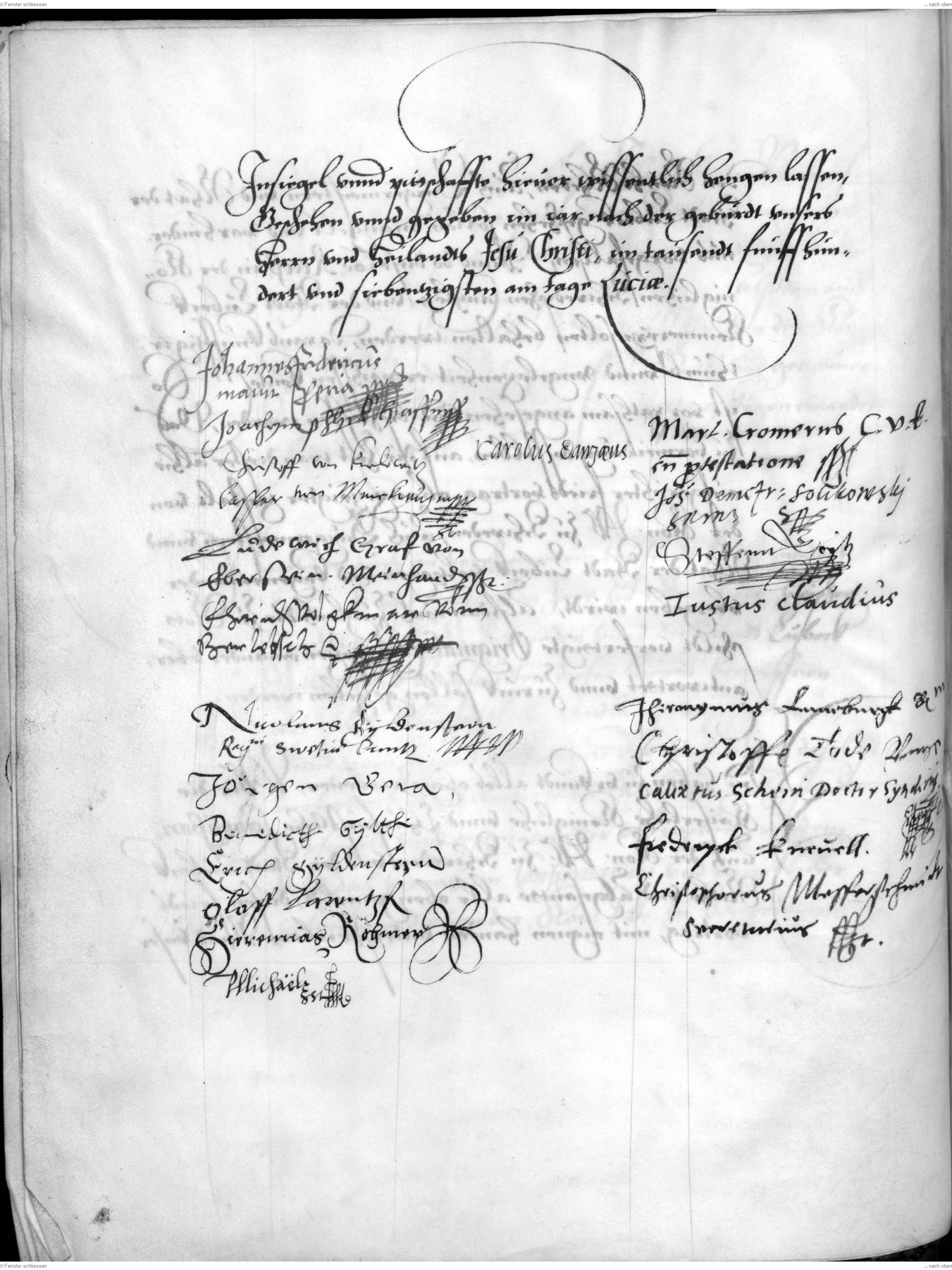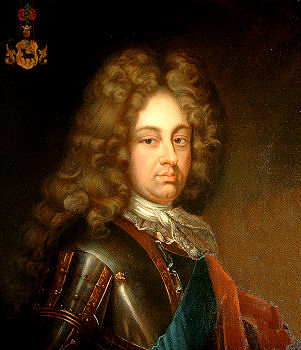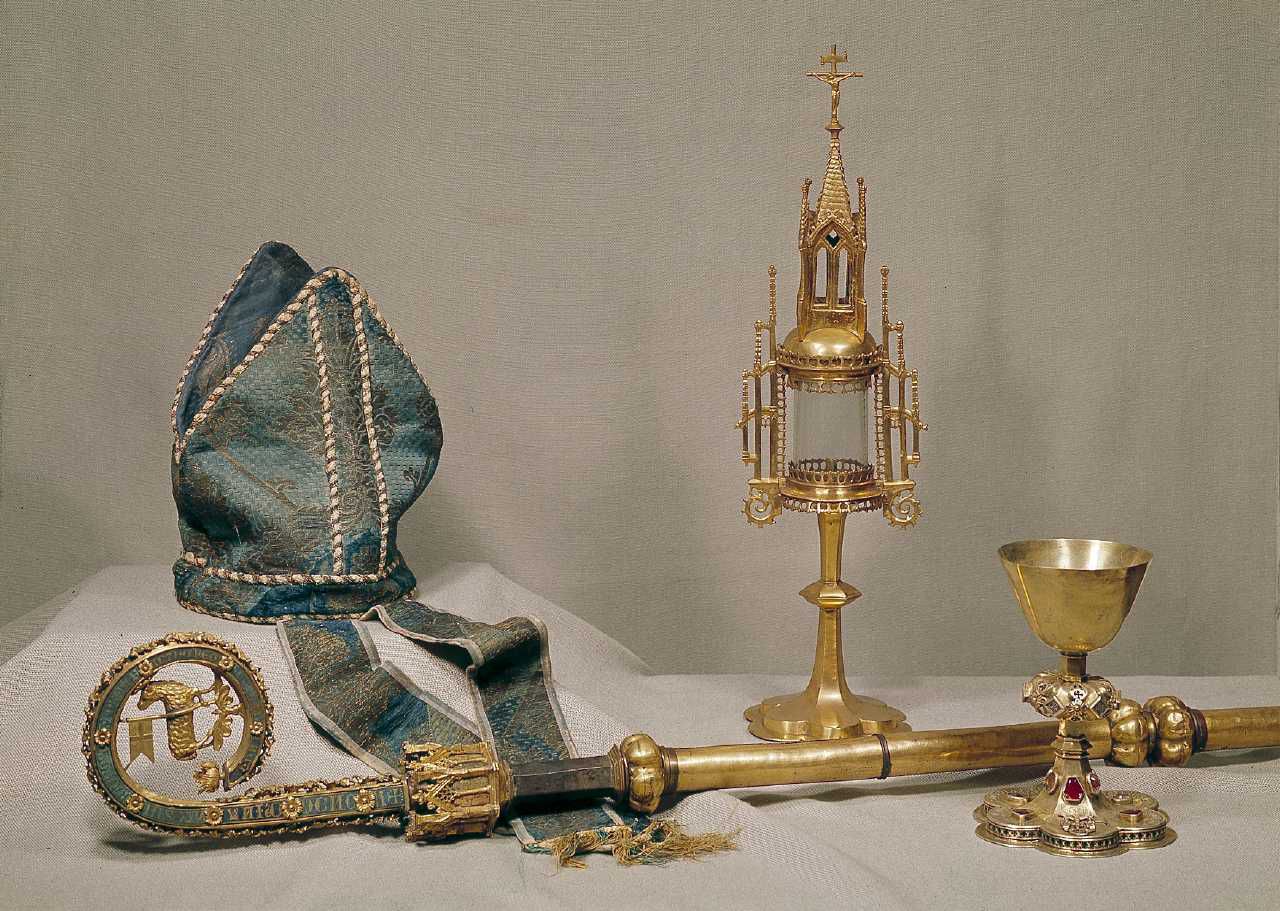|
Peder Reedtz
Peder Reedtz (1531 - 21 September 1607), a favourite of Frederick II of Denmark, was avener, lensmann and landowner. He owned Hørbygaard and Tygestrup (now Kongsdal) at Holbæk. Early life and education Reedtz was born at Schultendorp in Mark Brandenburg, the son of Michel Reedtz of Schultendorp and Sophia Lambertsdatter Bomstedt. He lost his parents in an early age. He received a military education in Germany, France and Livland from an early age. Career Reedtz came to Denmark at the outbreak of the Northern Seven Years' War where he maintained particularly close ties to Daniel Rantzau. He left the country following the Treaty of Stettin in 1570 but soon returned and was in 1872 appointed ''hofjunker'' and the following year as avener. Reedtz resigned from the position as avener in 1580 and was instead granted the fiefs of Sorø (until 1584) and Antvorskov (until 1478) and was lensmann of Jorsør in 1587–88. After his marriage he was also granted the fief of Salt ... [...More Info...] [...Related Items...] OR: [Wikipedia] [Google] [Baidu] |
Portrait Of Peder Reedtz In Skaelskor Bymuseum
A portrait is a painting, photograph, sculpture, or other artistic representation of a person, in which the face and its expressions are predominant. The intent is to display the likeness, personality, and even the mood of the person. For this reason, in photography a portrait is generally not a snapshot, but a composed image of a person in a still position. A portrait often shows a person looking directly at the painter or photographer, in order to most successfully engage the subject with the viewer. History Prehistorical portraiture Plastered human skulls were reconstructed human skulls that were made in the ancient Levant between 9000 and 6000 BC in the Pre-Pottery Neolithic B period. They represent some of the oldest forms of art in the Middle East and demonstrate that the prehistoric population took great care in burying their ancestors below their homes. The skulls denote some of the earliest sculptural examples of portraiture in the history of art. Historical portraitu ... [...More Info...] [...Related Items...] OR: [Wikipedia] [Google] [Baidu] |
Treaty Of Stettin (1570)
The Treaty of Stettin (german: Frieden von Stettin, sv, Freden i Stettin, da, Freden i Stettin) of 13 December 1570, ended the Northern Seven Years' War fought between Sweden and Denmark with its internally fragmented alliance of Lübeck and Poland.Nordstrom, Byron J. (2000). ''Scandinavia Since 1500'', p. 36, , It also settled Swedish, Danish, and Holy Roman Imperial claims regarding the Livonian War. Unfavourable for Sweden, the treaty assured Danish hegemony in Northern Europe for a short period. Yet, because of its inconclusiveness, it did not prevent further warfare between Denmark-Norway and Sweden, which ended only in the 1720s. Background The Kalmar Union comprising Sweden, Denmark and Norway, had broken apart in 1523. Frederick II of Denmark attempted to restore the Union under his rule. Frederick underlined his claim by using the Union's three crowns in his coat of arms and invading Sweden in 1563; both actions are considered the starting events of the Seven Years' W ... [...More Info...] [...Related Items...] OR: [Wikipedia] [Google] [Baidu] |
1531 Births
Year 1531 ( MDXXXI) was a common year starting on Sunday (link will display the full calendar) of the Julian calendar. Events January–June * January 26 – Lisbon, Portugal is hit by an earthquake, in which thousands die. * February 27 – Lutheran princes in the Holy Roman Empire form an alliance known as the Schmalkaldic League. * February or March – Battle of Antukyah: Ahmad ibn Ibrahim al-Ghazi of the Adal Sultanate defeats the Ethiopian army. * April – Battle of Puná: Francisco Pizarro defeats the island's native inhabitants. * April 12 – Askiya Musa is assassinated by his brothers in Songhai; Askia Mohammad Benkan is enthroned the same day. * April 16 – The city of Puebla, Mexico, is founded. * May – The third Dalecarlian rebellion in Sweden appears to be over, when the king accepts an offer made by the rebels, but violence flares up again the following year. * June 24 – The city of San Juan del Río, Mexico, is ... [...More Info...] [...Related Items...] OR: [Wikipedia] [Google] [Baidu] |
German Emigrants To Denmark
German(s) may refer to: * Germany (of or related to) ** Germania (historical use) * Germans, citizens of Germany, people of German ancestry, or native speakers of the German language ** For citizens of Germany, see also German nationality law **Germanic peoples (Roman times) * German language **any of the Germanic languages * German cuisine, traditional foods of Germany People * German (given name) * German (surname) * Germán, a Spanish name Places * German (parish), Isle of Man * German, Albania, or Gërmej * German, Bulgaria * German, Iran * German, North Macedonia * German, New York, U.S. * Agios Germanos, Greece Other uses * German (mythology), a South Slavic mythological being * Germans (band), a Canadian rock band * "German" (song), a 2019 song by No Money Enterprise * ''The German'', a 2008 short film * "The Germans", an episode of ''Fawlty Towers'' * ''The German'', a nickname for Congolese rebel André Kisase Ngandu See also * Germanic (other) * ... [...More Info...] [...Related Items...] OR: [Wikipedia] [Google] [Baidu] |
16th-century Danish Landowners
The 16th century begins with the Julian calendar, Julian year 1501 (Roman numerals, MDI) and ends with either the Julian or the Gregorian calendar, Gregorian year 1600 (Roman numerals, MDC) (depending on the reckoning used; the Gregorian calendar introduced a lapse of 10 days in October 1582). The 16th century is regarded by historians as the century which saw the rise of Western culture, Western civilization and the Gunpowder empires, Islamic gunpowder empires. The Renaissance in Italy and Europe saw the emergence of important artists, authors and scientists, and led to the foundation of important subjects which include accounting and political science. Copernicus proposed the Copernican heliocentrism, heliocentric universe, which was met with strong resistance, and Tycho Brahe refuted the theory of celestial spheres through observational measurement of the SN 1572, 1572 appearance of a Milky Way supernova. These events directly challenged the long-held notion of an immutable uni ... [...More Info...] [...Related Items...] OR: [Wikipedia] [Google] [Baidu] |
Copenhagen Castle
Copenhagen Castle ( da, Københavns Slot) was a castle on the islet of Slotsholmen in central Copenhagen, Denmark. It was built in the late 14th century and was located at the site of the current Christiansborg Palace. History In 1167, Bishop Absalon (c. 1128–1201) founded a fortress on the islet of Slotsholmen in the harbour of Copenhagen. It consisted of a courtyard with several buildings and surrounded by a wall for protection. During the years after the demolition of Bishop Absalon's Castle by the Hansa League in 1369, the ruins on the island were covered with earthworks, on which the new stronghold, Copenhagen Castle, was built. In 1343 King Valdemar Atterdag took over Absalon's castle, but upon his death in 1375 the right to the property returned to the Diocese of Roskilde. The castle had a curtain wall and was surrounded by a moat which had an inner diameter of about 50 meters and with a large, solid tower as an entrance gate. The castle was still the property ... [...More Info...] [...Related Items...] OR: [Wikipedia] [Google] [Baidu] |
Saltø
Saltø is a manor house and estate located west of Næstved in southeastern Denmark. The estate was acquired by Carl Adolph von Plessen in 1725 and had been owned by the von Plessen family since then. The main building from the second half of the 16th century and two half-timbered buildings from the second half of the 18th century were listed on the Danish registry of protected buildings and places in 1918. The estate covers . History The first known owner of Saltø was Jacob Fleb. After his death in 1351, his children sold it to Nicolaus af Jura. In 1353, Nicolaus af Jura's son sold the estate to their relative Herman af Jura. In 1377, Saltø was acquired by Count Ernst af Gleichen. In 1386, he sold Saltø to Margaret I. In 1393, she granted to the Diocese of Toskilde. After the Reformation, in 1536, it was confiscated by the crown along with all other church property. It was then administrated as a royal fief. In 1646, Christian IV ceded it to his son by Kirsten Munk, Valdema ... [...More Info...] [...Related Items...] OR: [Wikipedia] [Google] [Baidu] |
Antvorskov
Antvorskov Monastery (Danish: ''Antvorskov Kloster'') was the principal Scandinavian monastery of the Catholic Order of Saint John of Jerusalem, located about one kilometer south of the town of Slagelse on Zealand, Denmark. It served as the Scandinavian headquarters of the Order, known also as "the Hospitallers", and the prior of Antvorskov reported directly to the great officer of the Order in Germany, the Grand Master of the Order on Rhodes (and, later, on Malta), and the pope. As a result, Antvorskov was one of the most important monastic houses in Denmark. Before the Reformation, its prior often served as a member of the Council of State (Danish: ''rigsråd'') as well. History In 1165, Valdemar the Great, who was himself an honorary Knight of St John, gave the Order land at Antvorskov. The monastery (Danish: ''kloster'') was constructed soon thereafter, during the time of Archbishop Eskil. The mother monastery, on Rhodes, and a monastery on Cyprus were built to house pilgr ... [...More Info...] [...Related Items...] OR: [Wikipedia] [Google] [Baidu] |
Sorø Abbey
Sorø Abbey was the preeminent and wealthiest monastic house in all of Denmark during the Middle Ages. It was located in the town of Sorø in central Zealand. After Denmark became Lutheran in 1536, the abbey was confiscated by the Crown. The abbey was turned into the Sorø Academy in 1623, an educational institution that has served as a knight academy, a venue for higher learning during the Danish Golden Age. It survives to date as a boarding school. History The Sorø Abbey was founded by the brothers '' Ebbe Skjalmsen Hvide'' and ''Asser Rig (Hvide)'', who were sons of Skjalm Hvide. They were Zealand's most powerful nobles when in 1140 they founded and in 1142 consecrated the abbey. Dansk Biografiske Lexicon. Near Sorø, Ebbe also erected the Bjernede Church, and Asser established a Benedictine House, just a few years prior to his death in 1151. Asser then lived as a monk for the last years of his life. It was common practice for wealthy and powerful individuals and f ... [...More Info...] [...Related Items...] OR: [Wikipedia] [Google] [Baidu] |
Northern Seven Years' War
The Northern Seven Years' War (also known as the ''Nordic Seven Years' War'', the ''First Northern War'' or the ''Seven Years War in Scandinavia'') was fought between the Kingdom of Sweden and a coalition of Denmark–Norway, Lübeck, and Poland–Lithuania between 1563 and 1570. The war was motivated by the dissatisfaction of King Frederick II of Denmark with the dissolution of the Kalmar Union, and the will of King Eric XIV of Sweden to break Denmark's dominating position. The fighting continued until both armies had been exhausted, and many men died. The resulting Treaty of Stettin was a stalemate, with neither party gaining any new territory. Context The Kalmar Union of the three former Scandinavian Kingdoms of Sweden, Norway, and Denmark lasted on and off from 1397 to 1523, until it finally collapsed following the continued Swedish resentment of Danish domination.Bjørn Poulsen About Denmark > History > The Middle Ages > The Kalmar Union">Home > About Denmark > History > T ... [...More Info...] [...Related Items...] OR: [Wikipedia] [Google] [Baidu] |
Frederick II Of Denmark
Frederick II (1 July 1534 – 4 April 1588) was King of Denmark and Norway and Duke of Schleswig and Holstein from 1559 until his death. A member of the House of Oldenburg, Frederick began his personal rule of Denmark-Norway at the age of 24. He inherited a capable and strong kingdom, formed in large by his father after the civil war known as the Count's Feud, after which Denmark saw a period of economic recovery and of a great increase in the centralised authority of the Crown. Frederick was, especially in his youth and unlike his father, belligerent and adversarial, aroused by honor and national pride, and so he began his reign auspiciously with a campaign under the aged Johan Rantzau, which reconquered Dithmarschen. However, after miscalculating the cost of the Northern Seven Years' War, he pursued a more prudent foreign policy. The remainder of Frederick II's reign was a period of tranquillity, in which king and nobles prospered. Frederick spent more time hunting and f ... [...More Info...] [...Related Items...] OR: [Wikipedia] [Google] [Baidu] |





.png)


